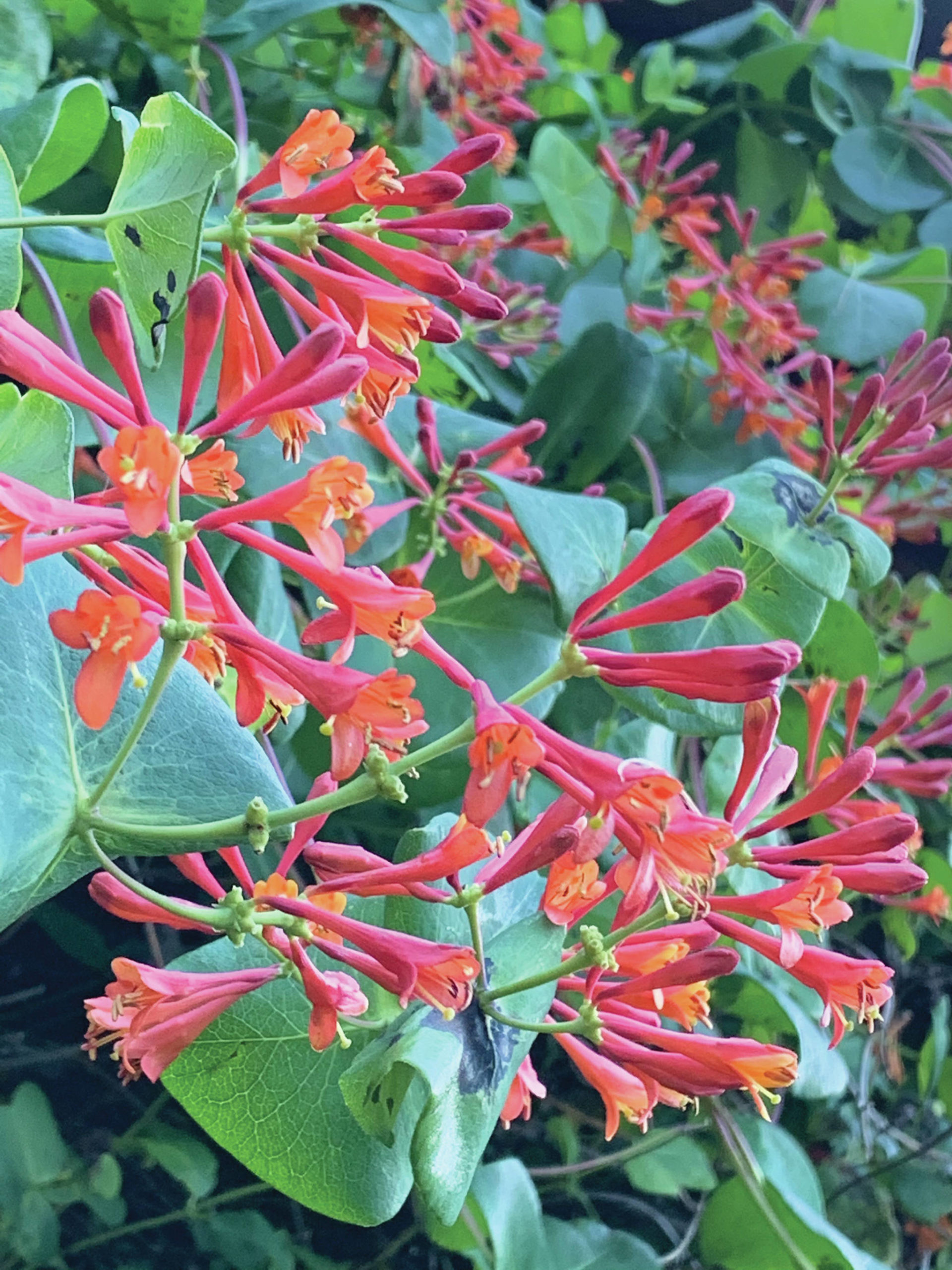Walking around this third of an acre, taking stock, I’m wondering if we are becoming more like the Pacific Northwest with each passing season. What ever happened to bundling up little ones to trick or treat on snow machines, coming home to doughnuts and hot cider? We still have the shortening days but not much snow in sight. The forecast for the coming weeks indicates temperatures in the low 20s, but will it really happen? Will it just keep raining? We’ll see. We’ve had some light freezes, not enough for us to harvest our wildly inappropriate apples just yet, giving them every single chance to sweeten up just a little bit more. The grass is still green and there are plenty of leaves on the trees and shrubs; it looks a lot like Bellingham out there.
In the meantime I’m taking a good hard look at what I have going on here. I have made a major, albeit not irrevocable, mistake. You might remember my joy, my outright glee, in purchasing dwarf red twig dogwoods. I put them in the outer perennial bed with the intention of enjoying their lovely red twigs during the long winter months, appreciating their glow in the low light against the snow. Well, that worked last year, their first year in that location. They will be moved. Granted, they are still short but they are wonderfully wide, filling in the entire perennial bed to the detriment of the other, established plants. No, I don’t want just shrubs in that bed — it’s claustrophobic.
But the best thing about admitting a mistake is finding an answer to make the correction, and I have one. In the spring, I will prune them hard, John will help me dig them up and move them to the base of the larch. Now that I have hit on this solution I am amazed that I didn’t put them there in the first place. Their color can still be appreciated from the house and they will have room to spread. Excellent.
Now the question is “what will I do now” once this bed is disrupted. I’ll wait and see what decides to continue on and then I’ll take advice that I found in Page Dickey’s book “Uprooted:” “The original plantings by his (Fernando Caruncho) house had been felled by disease, as I recall, and, in replacement, he simply seeded the whole space with cosmos.” Not only will I use cosmos but they will be Sonata. If you take a look around you will notice these are the cosmos of choice by many Homer gardeners. They bloom early and last until the last hurrah. I’ll also add California poppy Bridal Bouquet and that should do it. Should fill in the empty slots. Should make a lovely show. Should make me happy. And if not — well, I’ll just wait and see.
I’m now going to share with you the dream I had last night, hold on, it’s short and has a purpose: I’m standing among a throng of gardeners who have amassed with the single purpose to ogle acres of delphiniums at a long abandoned estate and I shout “THESE AREN’T DELPHINIUMS, THERE AREN’T ANY STAKES.” Here’s the point: if you have plant supports that won’t be in immediate need come spring, take them out so you don’t have to look at them all winter. I leave in the peony grids but push them down almost to the ground, moving them up as the plant, which comes on early, grows. The rest of the this and thats get put away.
You may be tempted to cut down your raspberry canes, but hold off until late winter or early spring, making it the first thing on your to-do list.
Here is a task you need to address: your tools. I have cleaned the metal parts, scrapping off dirt, running some steel wool over the surface, sharpened the edges, and oiled them. Then I sanded the wooden handles and oiled them. Everything is clean, sharp and ready go for the next growing season. Why save that chore when there is so much to do come spring? Be ready.
Rosemary Fitzpatrick is a longtime Homer gardener and has been writing Kachemak Gardener since 1990.


